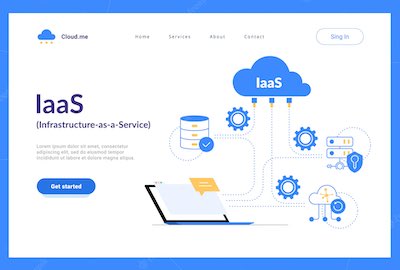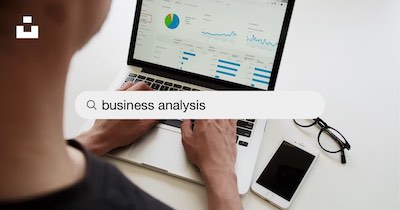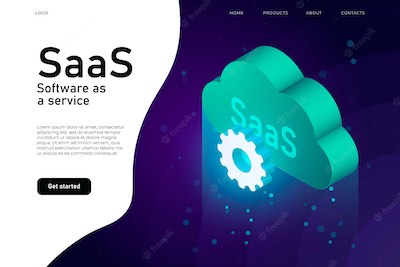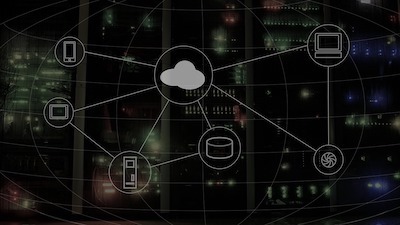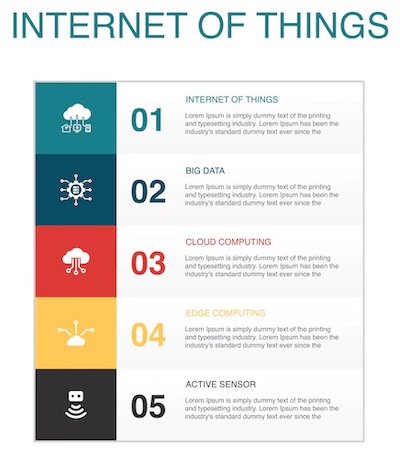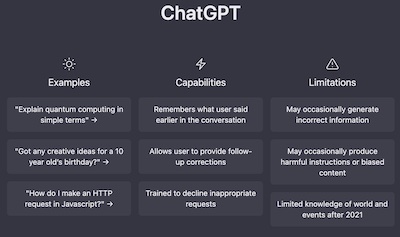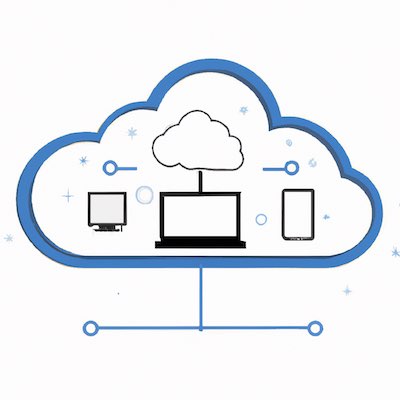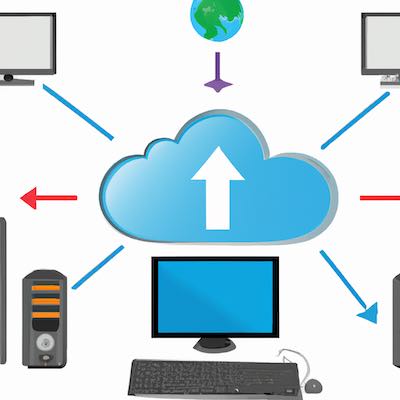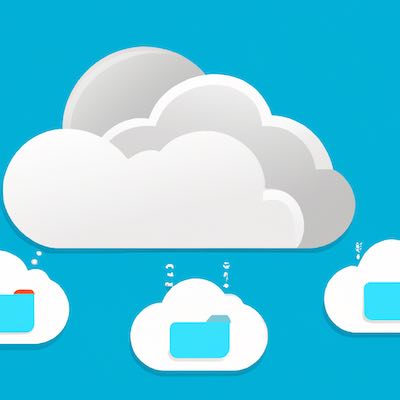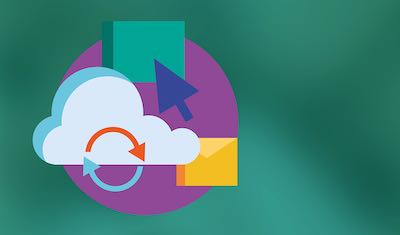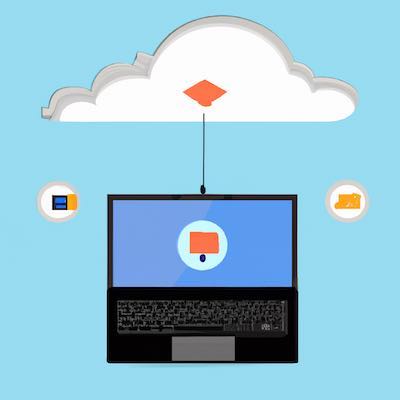 If you're new to the world of technology, cloud computing may seem like a complex concept. However, with the right introduction, you can quickly gain an understanding of what cloud computing is and how it can benefit you. In this article, we'll provide a comprehensive introduction to cloud computing for beginners, including its definition, benefits, and types.
If you're new to the world of technology, cloud computing may seem like a complex concept. However, with the right introduction, you can quickly gain an understanding of what cloud computing is and how it can benefit you. In this article, we'll provide a comprehensive introduction to cloud computing for beginners, including its definition, benefits, and types.
What is Cloud Computing?
At its core, cloud computing is the delivery of computing services, including servers, storage, databases, software, and networking, over the internet. Instead of relying on physical servers or personal devices for data storage and management, cloud computing allows users to access these resources from a remote location.
This technology allows companies and individuals to access powerful computing resources without having to invest in expensive hardware or software. Additionally, cloud computing offers flexible, on-demand services that can be quickly scaled up or down depending on the user's needs.
Types of Cloud Computing
There are three primary types of cloud computing: Infrastructure as a Service (IaaS), Platform as a Service (PaaS), and Software as a Service (SaaS). Each type offers a different level of management and control over computing resources.
Infrastructure as a Service (IaaS)
Infrastructure as a Service (IaaS) provides users with virtualized computing resources over the internet. These resources can include servers, storage, and networking, among others.
With IaaS, users have complete control over their virtual machines and operating systems. This type of cloud computing is particularly useful for companies that need to quickly scale their computing resources up or down based on demand.
Platform as a Service (PaaS)
Platform as a Service (PaaS) provides users with a complete development and deployment environment for their applications. With PaaS, users don't have to worry about managing the underlying infrastructure; instead, they can focus on developing and deploying their applications.
This type of cloud computing is ideal for developers who need to create custom applications but don't want to invest in the infrastructure required to run them. PaaS providers typically offer a range of development tools, including frameworks and libraries, to help users get started.
Software as a Service (SaaS)
Software as a Service (SaaS) is a cloud computing model that provides users with access to software applications over the internet. Instead of downloading and installing software on their devices, users can access it through a web browser.
SaaS providers typically offer a range of applications, including productivity tools, customer relationship management (CRM) software, and enterprise resource planning (ERP) software. This type of cloud computing is ideal for companies that want to reduce their IT costs and simplify their software management.
Benefits of Cloud Computing
Cloud computing offers a range of benefits to users, including:
-
Scalability: Cloud computing allows users to quickly and easily scale their computing resources up or down based on demand.
-
Cost Savings: Cloud computing eliminates the need for users to invest in expensive hardware and software, reducing their IT costs.
-
Accessibility: Cloud computing allows users to access their computing resources from anywhere with an internet connection, making it ideal for remote work.
-
Flexibility: Cloud computing offers flexible, on-demand services that can be quickly adapted to meet the user's needs.
-
Security: Cloud computing providers typically offer robust security measures, including encryption and access controls, to protect user data.
Examples of Cloud Computing
There are many examples of cloud computing in use today, including:
-
Dropbox: Dropbox is a cloud storage service that allows users to store and share files over the internet.
-
Salesforce: Salesforce is a cloud-based CRM software that allows companies to manage their customer relationships from anywhere.
-
Google Drive: Google Drive is a cloud storage service that allows users to store and collaborate on files online.
-
Amazon Web Services: Amazon Web Services (AWS) is a popular cloud computing platform that provides users with a range of computing resources, including servers, storage, and databases.
-
Microsoft Office 365: Microsoft Office 365 is a cloud-based productivity suite that allows users to access Microsoft's suite of applications, including Word, Excel, and PowerPoint, from anywhere.
Cloud Computing and Small Businesses
Small businesses can benefit greatly from cloud computing. With the ability to scale up or down as needed, cloud computing allows small businesses to easily expand their computing resources as they grow. Additionally, cloud computing eliminates the need for small businesses to invest in expensive hardware and software, making it an affordable solution for startups and small businesses.
Cloud computing also allows small businesses to access powerful computing resources that were previously only available to large corporations. This can help level the playing field and allow small businesses to compete with larger companies.
How to Get Started with Cloud Computing
If you're interested in getting started with cloud computing, there are a few key steps you can take:
-
Determine your needs: Before you choose a cloud computing provider, it's important to determine your needs and the resources you require.
-
Choose a provider: There are many cloud computing providers to choose from, including Amazon Web Services, Microsoft Azure, and Google Cloud Platform. Choose a provider that offers the resources and services you need.
-
Choose a type of cloud computing: Decide which type of cloud computing best suits your needs, whether it's IaaS, PaaS, or SaaS.
-
Set up your account: Once you've chosen a provider, set up your account and start using their services.
-
Migrate your data: If you're moving data from an existing system to the cloud, make sure to plan your migration carefully to avoid any data loss or disruption to your business.
Conclusion
Cloud computing is a powerful technology that offers a range of benefits to users, including scalability, cost savings, accessibility, flexibility, and security. Whether you're a small business owner or an individual looking to access powerful computing resources, cloud computing can help you achieve your goals.
By understanding the basics of cloud computing, including its types and benefits, you can make informed decisions about which cloud computing provider to use and how to best utilize their services.

